From August 1, 2025, Vietnam Oil Corporation (PVOIL) will pilot the sale of E10 bio-fuel at gas stations in Hanoi , Hai Phong and Ho Chi Minh City, preparing for the implementation of the Government's new roadmap on mandatory use of bio-fuel in Vietnam from the beginning of 2026.
In the world, the transition to biofuels is of great significance in terms of environment, economy and energy security for many countries. Depending on the differences in policies, technology, production capacity and sustainable development goals, each country has its own unique roadmap for the transition to biofuels.
Brazil
Brazil is a world leader in the development and use of biofuels, especially ethanol from sugarcane. Brazil’s transition to biofuels is not only technical, but also reflects a long-term strategy for energy security, agricultural development and greenhouse gas reduction. In response to the 1973 oil crisis, the Brazilian government launched the Proálcool Program in 1975 to partially replace imported gasoline with domestically produced bioethanol.
Initially, the program focused on supporting the sugar industry through subsidies, credit incentives, and investments in blending and distribution infrastructure. Thanks to favorable natural conditions, high sugarcane yields, and efficient technological processes, Brazil quickly rose to become the world's second-largest ethanol producer after the United States.

Unlike corn-based ethanol in the US, sugarcane-based ethanol in Brazil has a higher energy conversion efficiency and lower carbon emissions. This helps the South American country achieve its dual goals: reducing its dependence on fossil fuels and cutting CO₂ emissions from transportation.
A key turning point in Brazil’s trajectory has been the proliferation of “flex-fuel” vehicles since the early 2000s. These vehicles can run on traditional gasoline, pure ethanol, or any blend of the two. To date, more than 90% of new cars sold in Brazil are flex-fuel vehicles. This gives consumers the flexibility to choose their fuel based on market prices, helping ethanol account for more than 40% of the national transportation fuel market. In addition, the government also mandates a minimum blend of 27% ethanol in commercial gasoline (E27), one of the highest ratios in the world.
In addition to serving domestic demand, Brazil is also a major exporter of bioethanol, especially to European and Asian markets. At the same time, the country is investing heavily in second-generation biofuels from bagasse and rice straw to increase sustainability and reduce pressure on arable land. Brazil’s biofuel transition roadmap is therefore considered a comprehensive model, combining consistent policies, strong infrastructure, technological innovation and high acceptance from the domestic market.
India
India is emerging as one of the world’s most aggressive and ambitious biofuel transition roadmaps. With a population of over 1.4 billion and a growing fuel demand, the government sees biofuels not only as an environmental solution but also as an important economic and energy strategic lever. Since 2003, India has been blending ethanol into gasoline under the Ethanol Blended Petrol (EBP) program. However, it was not until 2014, when Prime Minister Narendra Modi’s government launched an ambitious renewable energy target, that the program really picked up steam.
In 2021, the Indian government announced plans to achieve a 20% ethanol (E20) blend in gasoline by 2025, five years earlier than originally planned. The target has become part of an overall strategy to reduce oil imports, which account for about 85% of the country's fuel needs, while creating a stable output market for the domestic agricultural sector. The government has implemented a series of support policies such as subsidies, preferential credit, excise duty exemption for ethanol, and required state-owned oil companies to distribute E20 gasoline in major cities from 2023.

This transition is supported by the rapid development of fuel blending infrastructure, as well as the mass production and registration of E20-compatible vehicles. In addition, India is investing in second-generation biofuels, made from rice straw and agricultural waste, instead of first-generation sugarcane, corn and cassava, to avoid competition with food sources and reduce greenhouse gas emissions more effectively.
With a long-term vision, India’s biofuel transition is not just a technical measure but also a strategic step towards building a clean, self-reliant and sustainable energy economy. In a world that is rapidly shifting to green energy sources, India is increasingly showing its role as a pioneer.
China
China, the world’s largest energy consumer, has placed high hopes on biofuels as part of its strategy to reduce air pollution and increase energy security. The use of ethanol blended into gasoline officially began in China in the early 2000s, with some provinces such as Jilin, Liaoning and Henan pioneering the adoption of E10 biofuel (10% ethanol). In 2017, Beijing announced an ambitious plan to make E10 mandatory nationwide by 2020. This goal was supported by the need to process huge corn inventories, amounting to tens of millions of tons, as well as a commitment to cut increasingly severe urban environmental pollution.
However, the process of realizing this transition roadmap quickly encountered major challenges. After the initial implementation phase in more than 10 provinces and cities, the nationwide expansion of E10 was halted. The main reason comes from concerns about competition between biofuels and food resources. China is a populous country and always prioritizes food security, especially in the context of climate change, epidemics and geopolitical instability affecting the global supply chain. The use of corn, wheat and cassava to produce ethanol is considered unsustainable in the long term, especially when food prices tend to increase sharply.

At the same time, the Chinese government has shifted its priorities to developing electric vehicles and other renewable energy solutions such as hydrogen. This has pushed biofuels out of the focus of its green energy strategy. However, in some localities such as Guangdong, Shandong, and Henan, E10 gasoline is still used, especially in pilot programs for public vehicles and public transportation.
China is also investing in second-generation biofuel technology, using straw and agricultural waste, to reduce dependence on food crops.
Although China’s transition to biofuels has not gone as planned, the country’s initial steps have laid an important foundation for the future energy transition. In the future, if the raw material and technology problems are solved, biofuels can still play a supporting role in China’s diversified and low-carbon energy picture.
Source: https://khoahocdoisong.vn/lo-trinh-chuyen-doi-sang-xang-sinh-hoc-post2149044045.html


![[Photo] Opening of the 14th Conference of the 13th Party Central Committee](https://vphoto.vietnam.vn/thumb/1200x675/vietnam/resource/IMAGE/2025/11/05/1762310995216_a5-bnd-5742-5255-jpg.webp)





![[Video] Not Alone - Online Safety Day](https://vphoto.vietnam.vn/thumb/402x226/vietnam/resource/IMAGE/2025/11/05/1762347906381_sequence-0100-00-17-02still001-jpg.webp)


















![[Photo] Panorama of the Patriotic Emulation Congress of Nhan Dan Newspaper for the period 2025-2030](https://vphoto.vietnam.vn/thumb/1200x675/vietnam/resource/IMAGE/2025/11/04/1762252775462_ndo_br_dhthiduayeuncbaond-6125-jpg.webp)














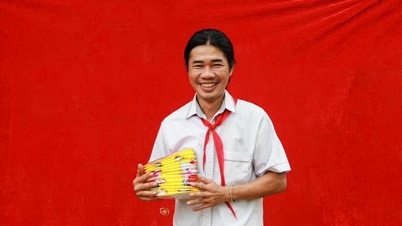









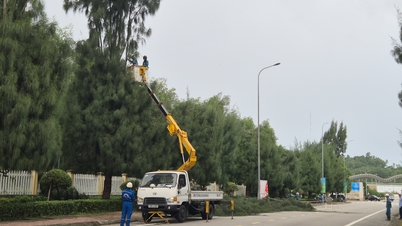




















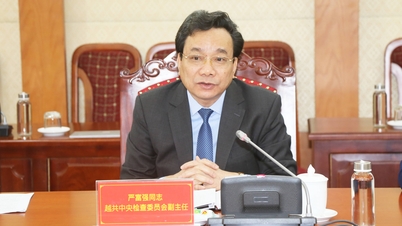










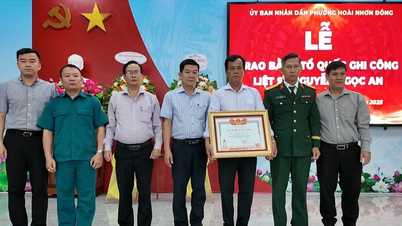

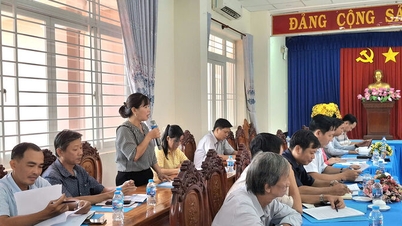

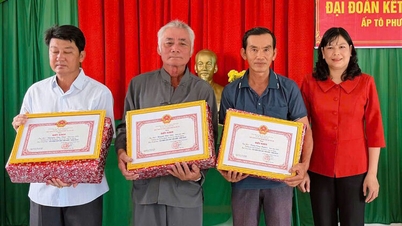

















Comment (0)